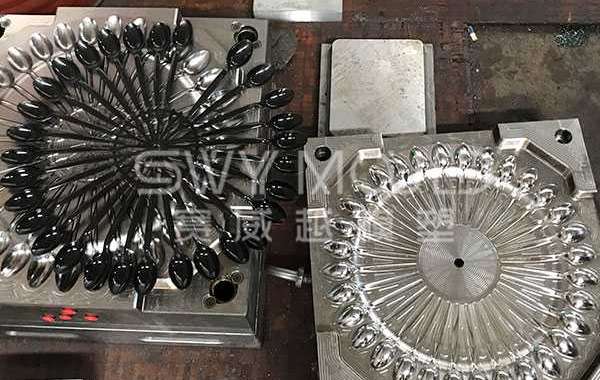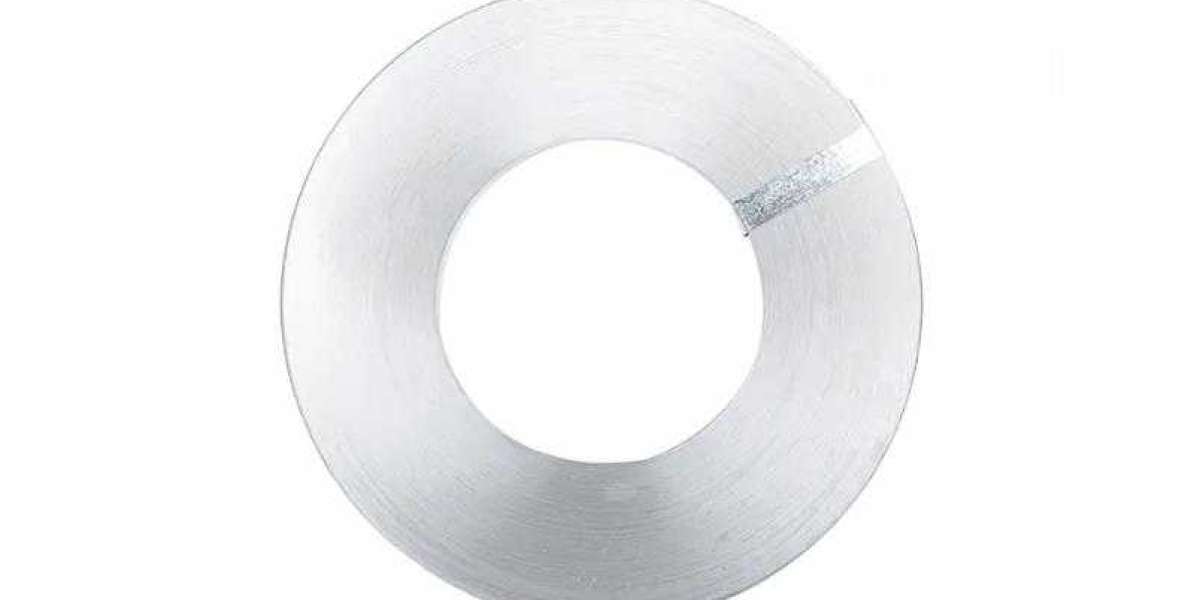What does Thin Wall Plastic Mold thin-wall mean? Simply put, it is called thin wall when the wall thickness is less than 1mm. To be more complicated, the definition of thin wall has a relationship with the process wall thickness ratio, plastic viscosity and heat transfer coefficient.
The process (L) from the main runner of the mold to the furthest point of the finished product, divided by the wall thickness of the finished product (T), is called the process wall thickness ratio. When L/t>150, it is called thin wall. If the thickness of the process is inconsistent, it can be calculated in sections. The flow/wall thickness ratio PP has a viscosity factor of 1. The process of disposable lunch box is 135mm, the wall thickness is 0.45mm, and the process/wall thickness ratio=300. The viscosity factor of PC is 2. The process flow of the cell phone battery case is 38mm, t=0.25mm, and the process/wall thickness ratio=152. Multiplied by the viscosity factor is 304, which is similar to that of a lunch box.
The thermal conductivity of general plastics is not very good. In order to increase the heat dissipation effect or achieve electromagnetic wave compatibility, some shells will use high thermal conductivity plastic. Metal powder also belongs to high thermal conductivity. The above formula is the cooling time formula of the injection molded product, where t = wall thickness, Tm = melting temperature, TW = mold wall temperature, T = demolding temperature, α = plastic heat transfer coefficient. The definition of L/t should include viscosity factor and heat transfer factor.
The cost of plastic raw materials usually accounts for a large proportion of the cost of the product, which can account for a general or up to four-fifths. Thin walls can reduce this proportion. Due to the miniaturization and portability of consumer electronic devices such as mobile phones and digital cameras, the design of related plastic parts has become thinner and thinner. Thin-walling has become the goal pursued by the plastics consumer industry because of its advantages such as reducing product weight and dimensions, facilitating integrated design and assembly, shortening production cycle, saving materials and reducing costs, and has become a new research hotspot in the plastic molding industry.








